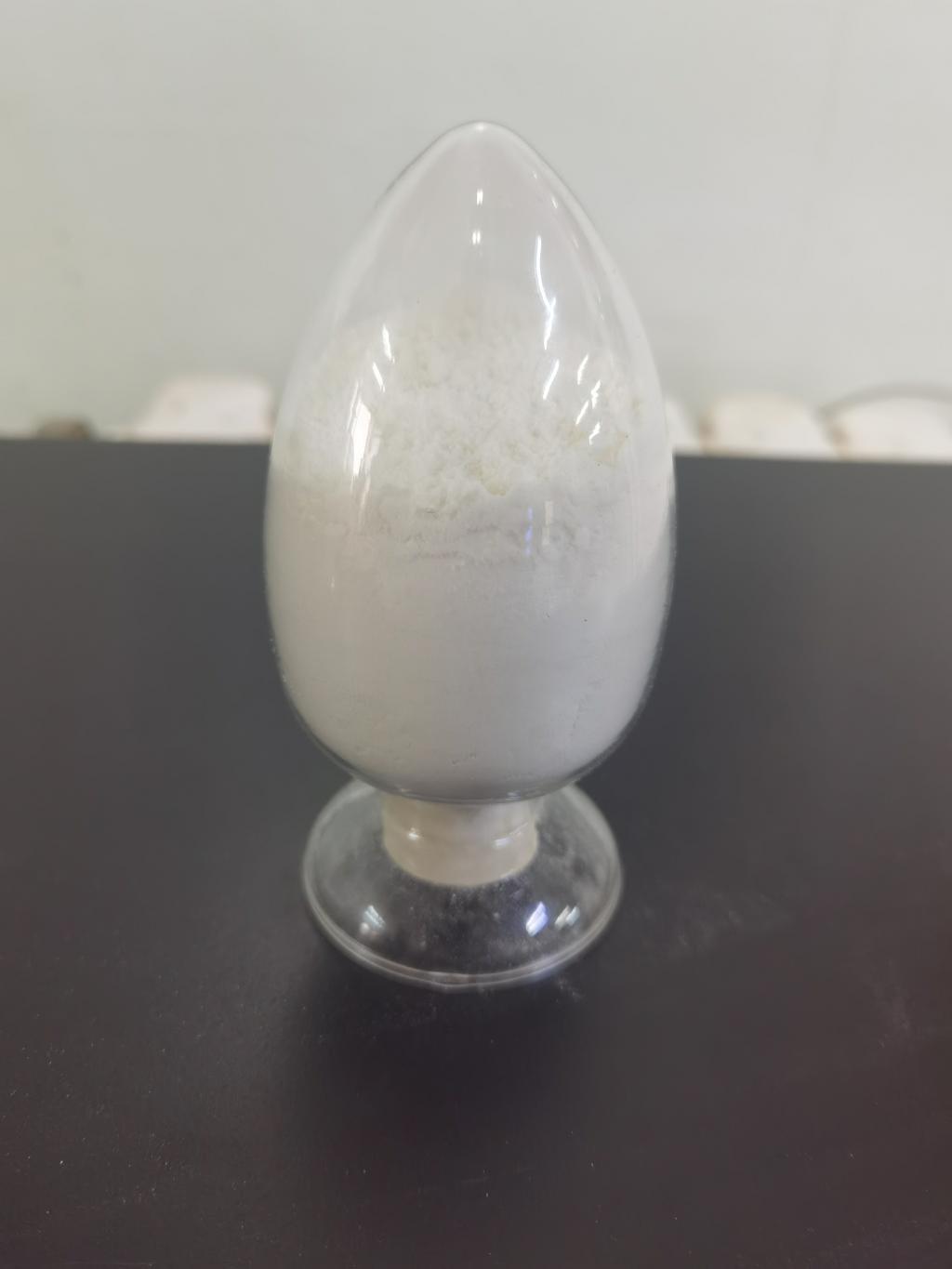Tel:+8618231198596

News
 CONTACT
CONTACT
 CONTACT
CONTACT
- Linkman:Linda Yao
- Tel: +8618231198596
- Email:linda.yao@dcpharma.cn
- Linkman:CHARLES.WANG
- Department:Overseas
- Tel: 0086 0311-85537378 0086 0311-85539701
News
Current Position:
Home >
News
>Incorporating ε-Polylysine hydrochloride into agricultural practices.
Incorporating ε-Polylysine hydrochloride into agricultural practices.
TIME:2024-04-28
Challenges of Conventional Chemical Treatments in Agriculture:
Conventional chemical treatments play a crucial role in modern agriculture by controlling pests, diseases, and weeds, thereby increasing crop yields and ensuring food security. However, widespread use of synthetic pesticides and fungicides has raised concerns about their adverse environmental effects. These chemicals can contaminate soil, water, and air, disrupt ecosystems, harm beneficial insects and wildlife, and pose risks to human health through pesticide residues in food and water.
Environmental Benefits of ε-Polylysine Hydrochloride in Agriculture:
Reduced Chemical Residues: ε-Polylysine hydrochloride offers a natural and biodegradable alternative to synthetic pesticides and fungicides. As a fermentation product derived from microbial sources, ε-Polylysine hydrochloride breaks down into harmless compounds in the environment, minimizing the accumulation of chemical residues in soil, water, and food crops.
Targeted Antimicrobial Activity: ε-Polylysine hydrochloride exhibits potent antimicrobial properties against a wide range of plant pathogens, including bacteria, fungi, and viruses. By selectively targeting harmful microorganisms, ε-Polylysine hydrochloride helps control crop diseases while preserving beneficial microbes and natural ecosystems.
Minimal Impact on Non-Target Organisms: Unlike conventional chemical treatments, which can have broad-spectrum effects on non-target organisms, ε-Polylysine hydrochloride is specific to microbial pathogens, minimizing collateral damage to beneficial insects, pollinators, and wildlife.
Biodegradability and Environmental Compatibility: ε-Polylysine hydrochloride is biodegradable and does not persist in the environment, reducing the risk of long-term ecological harm associated with chemical residues. Its low toxicity to humans and animals further enhances its environmental compatibility and safety for use in agricultural settings.
Case Studies and Applications:
Crop Protection: ε-Polylysine hydrochloride has been successfully used to control various crop diseases, including bacterial leaf blight, powdery mildew, and gray mold, in crops such as tomatoes, cucumbers, strawberries, and grapes. Field trials have demonstrated its efficacy in reducing disease incidence and severity while maintaining crop yields and quality.
Post-Harvest Preservation: In addition to crop protection, ε-Polylysine hydrochloride can be applied to post-harvest preservation to extend the shelf life of fruits and vegetables. By inhibiting microbial growth and decay, ε-Polylysine hydrochloride helps minimize food losses during storage and transportation, contributing to improved food security and sustainability.
Organic Farming: ε-Polylysine hydrochloride is compatible with organic farming practices and aligns with principles of ecological balance, biodiversity conservation, and soil health. Its natural origin and low environmental impact make it suitable for use in certified organic agriculture, providing growers with an effective tool for pest and disease management while meeting organic certification standards.
Regulatory Considerations and Future Directions:
Incorporating ε-Polylysine hydrochloride into agricultural practices requires regulatory approval and compliance with established safety and efficacy standards. Regulatory authorities evaluate the environmental and human health risks associated with ε-Polylysine hydrochloride based on toxicological data, environmental fate studies, and field trials. Continued research and collaboration between scientists, policymakers, and industry stakeholders are essential to advancing the adoption of ε-Polylysine hydrochloride and integrating it into sustainable agricultural systems.
Conclusion:
The integration of ε-Polylysine hydrochloride into agricultural practices offers a promising strategy for reducing the environmental impact of conventional chemical treatments while promoting sustainable and resilient farming systems. By harnessing the natural antimicrobial properties of ε-Polylysine hydrochloride, growers can effectively manage crop diseases, minimize chemical residues, and protect ecosystems for future generations. As global challenges such as climate change, biodiversity loss, and food security intensify, ε-Polylysine hydrochloride represents a valuable tool in the transition towards more environmentally friendly and sustainable agriculture.
- Tel:+8618231198596
- Whatsapp:18231198596
- Chat With Skype







